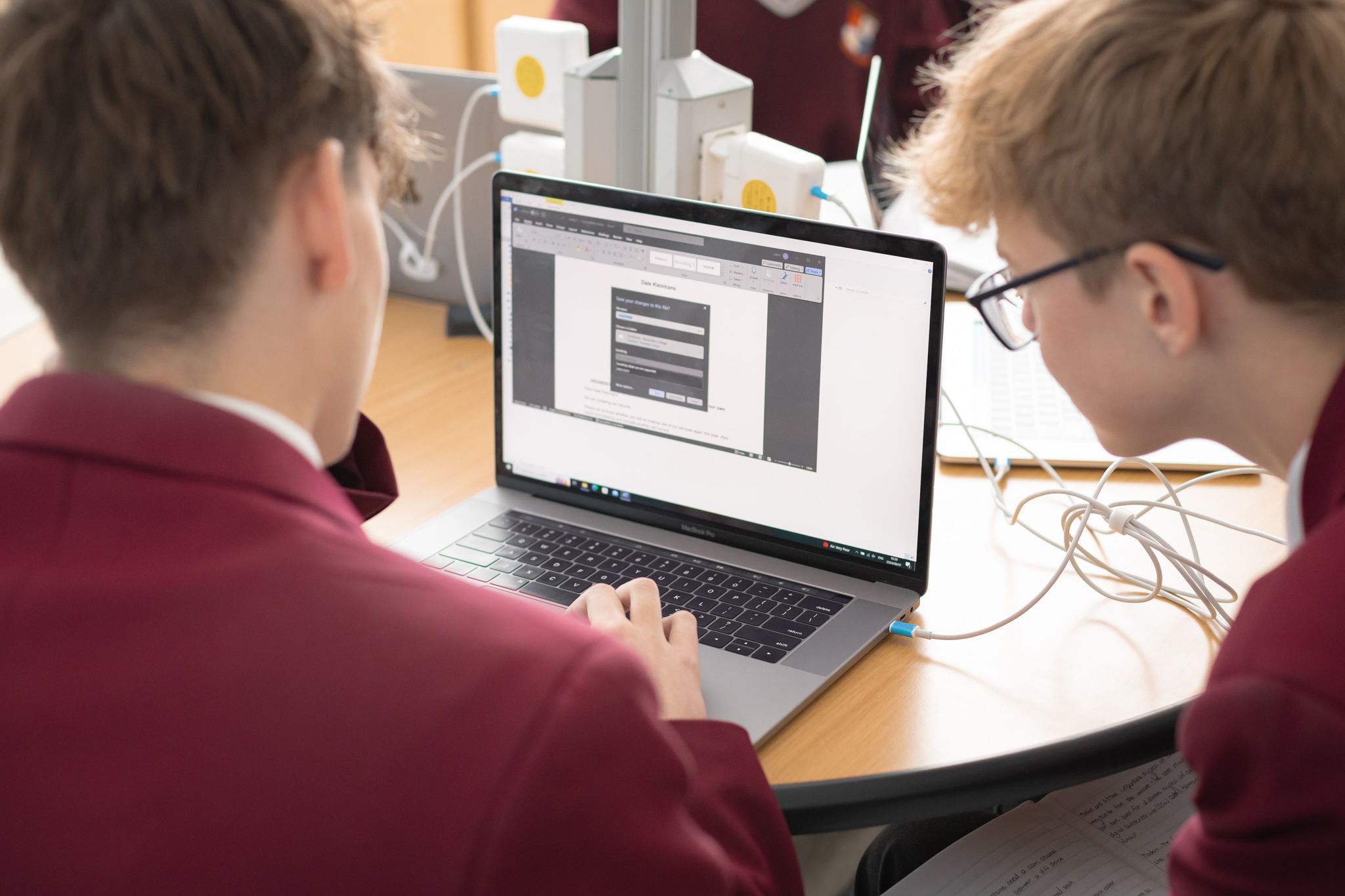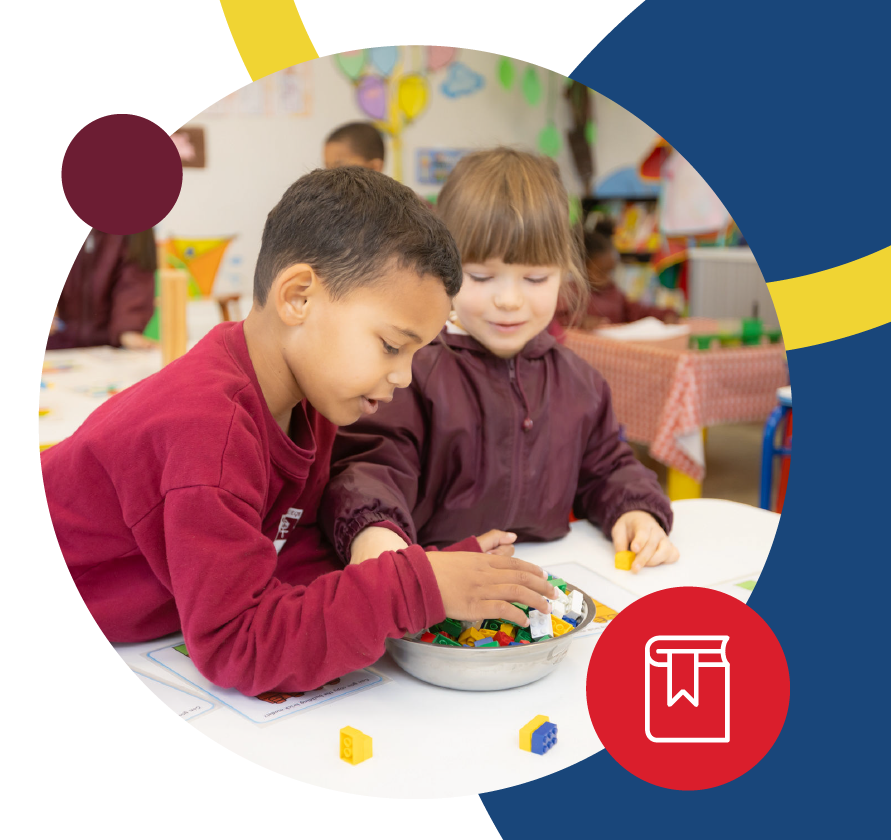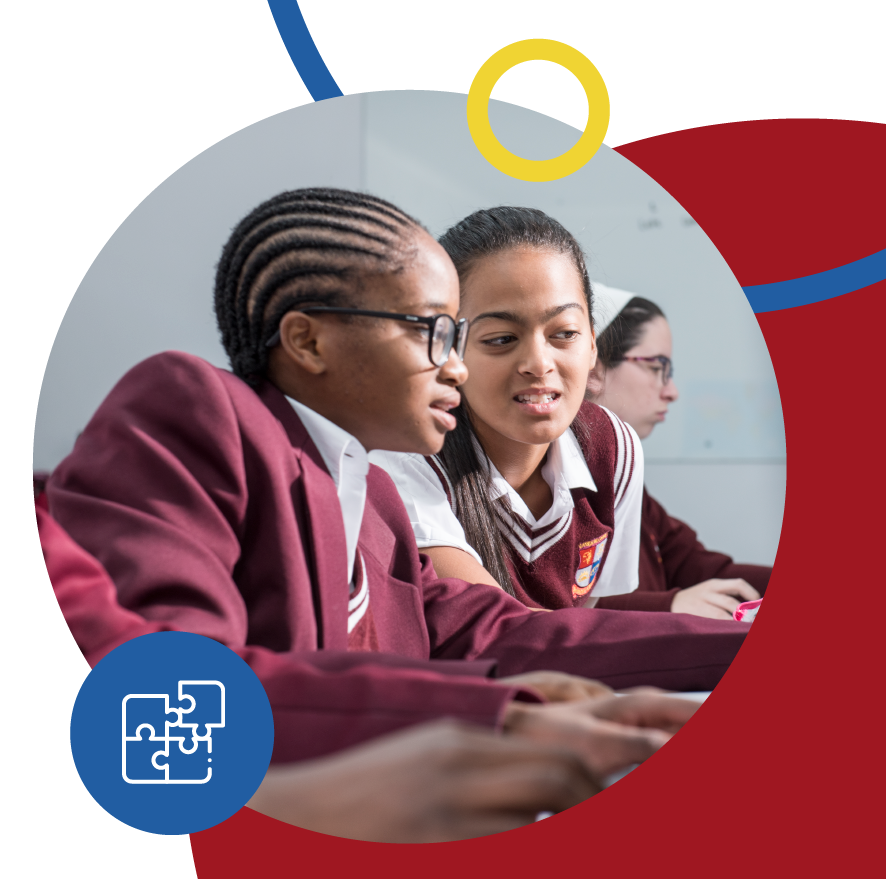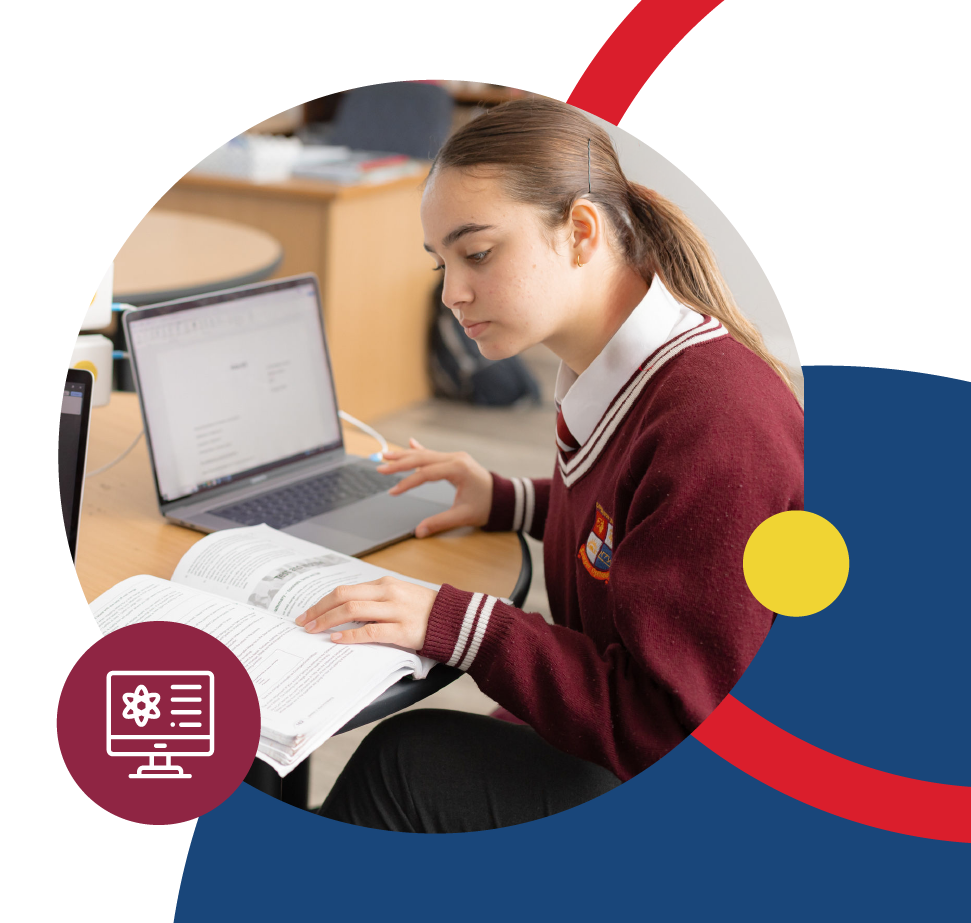
Holistic development
Riverside College is committed to fostering each learner’s growth through an integrated approach to education that combines academics with personal and social development. We support learners from Pre-primary to Matric, focusing on nurturing their overall potential.

Modern facilities
Our well-equipped college includes modern classrooms including a Mac lab, a dedicated sports field, and specialised facilities for art, science, and robotics. These cutting-edge resources support our commitment to delivering an enriching educational experience.Our well-equipped college includes modern classrooms including a Mac lab, a dedicated sports field, and specialised facilities for art, science, and robotics. These cutting-edge resources support our commitment to delivering an enriching educational experience.

Sports and cultural activities
We offer a diverse range of extracurricular activities, including sports, arts, and leadership programmes, to help learners explore their passions and develop essential life skills.

Comprehensive support services
Our school provides robust support services, including academic counselling, career guidance, and education resources, to ensure that every learner receives the help they need to succeed.

Strong community
At Riverside College, we value strong connections within our school community. We foster collaboration and engagement among learners, parents, and staff through various events and initiatives.











